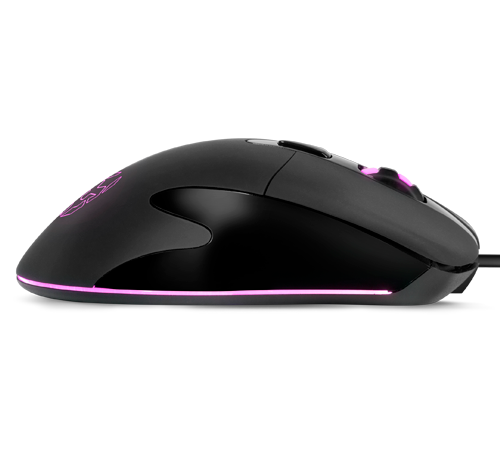Symptoms
In computing, a device driver is a computer program that operates or controls a particular type of device that is attached to a computer. A driver provides a software interface to hardware devices, enabling operating systems and other computer programs to access hardware functions without needing to know precise details about the hardware being used. The utility opens a window that lists system information including all devices, their drivers (with a full drive path for the location of each one so they're easy to find) among other details,.
Consider the following scenario:
- You connect a Universal Serial Bus (USB) audio device, such as an audio adapter or USB digital-to-analog converter (DAC), to a Windows 10 Version 1703-based computer for the first time.
- The operating system detects the device and loads the standard USB audio 2.0 driver (usbaudio2.sys).
- Windows then downloads the device-specific driver from Windows Update.
- The downloaded device driver replaces the usbaudio2.sys driver.

In this scenario, the device cannot be used, and the computer does not have sound. The speaker icon on the task bar is marked with an X mark. When you select the icon, you receive the following message:
Audio services not responding. Both the Windows Audio and the Windows Audio End Point Builder services must be running for audio to work correctly.
Cause
This 'audio not playing' problem occurs because the default USB audio 2.0 driver (usbaudio2.sys) uses the WaveRT port for operation but the device-specific driver does not. However, both drivers use the 'wave' reference string when the device interface is registered.When the device-specific driver replaces the default driver, the device interface that is created by usbaudio2.sys is still used because the reference strings overlap. Therefore, the operating system assumes that the new driver also supports the WaveRT port. Because the new driver does not support the WaveRT port, the system cannot access the driver.
Resolution
To fix this problem, use one of the following methods.
Method 1
Drivers Created By Y.k Input Devices Must
Uninstall the device. To do this, follow these steps:
Drivers Created By Y.k Input Devices Using
- Open Device Manager.
- Select and hold (or double-click) the name of the device, and then select Uninstall.
Note:In step 2, don't select the Delete the driver software for this device check box.


Method 2
Connect the device to a different USB port. The problem may not occur if the device is connected to a different USB port.
Method 3
If the device is not yet connected, install the device-specific driver first. You can do this by using the appropriate installer for the device. Then, connect the device. Windows now selects the device-specific driver instead of the default USB audio 2.0 driver. This method works in this situation because the problem occurs only if the device-specific driver replaces the default driver after the device is connected.
See Also

